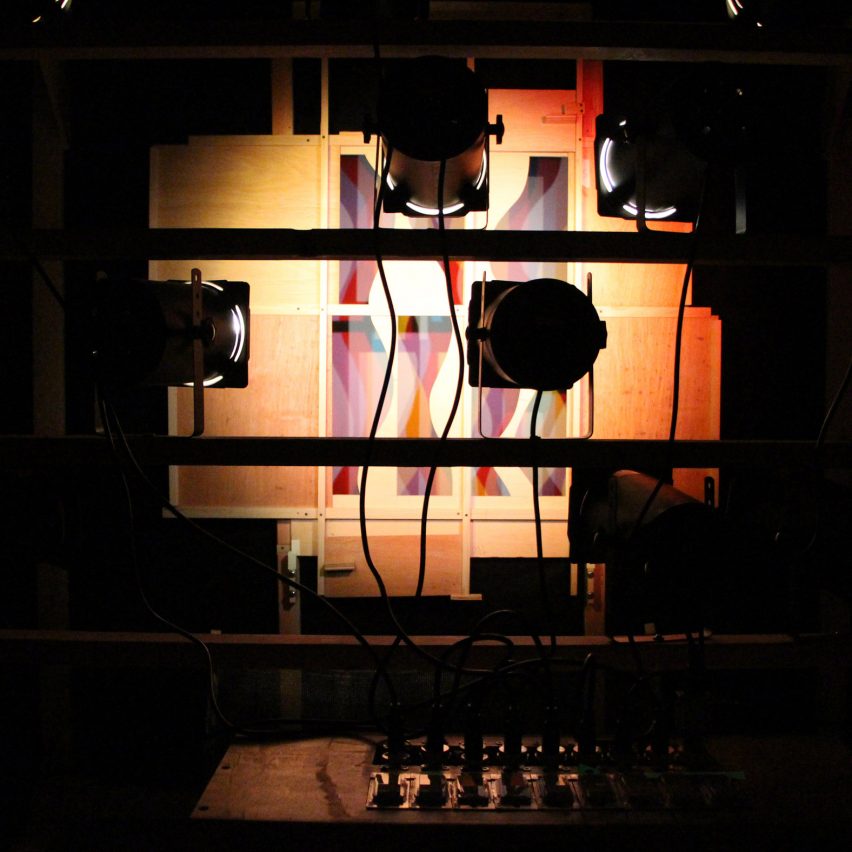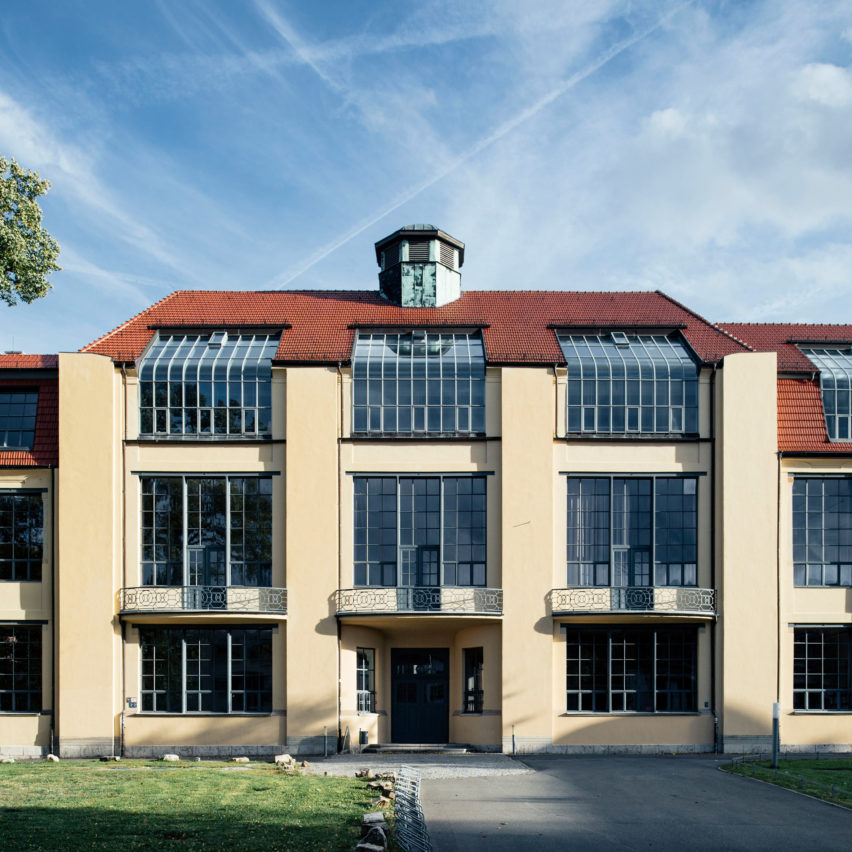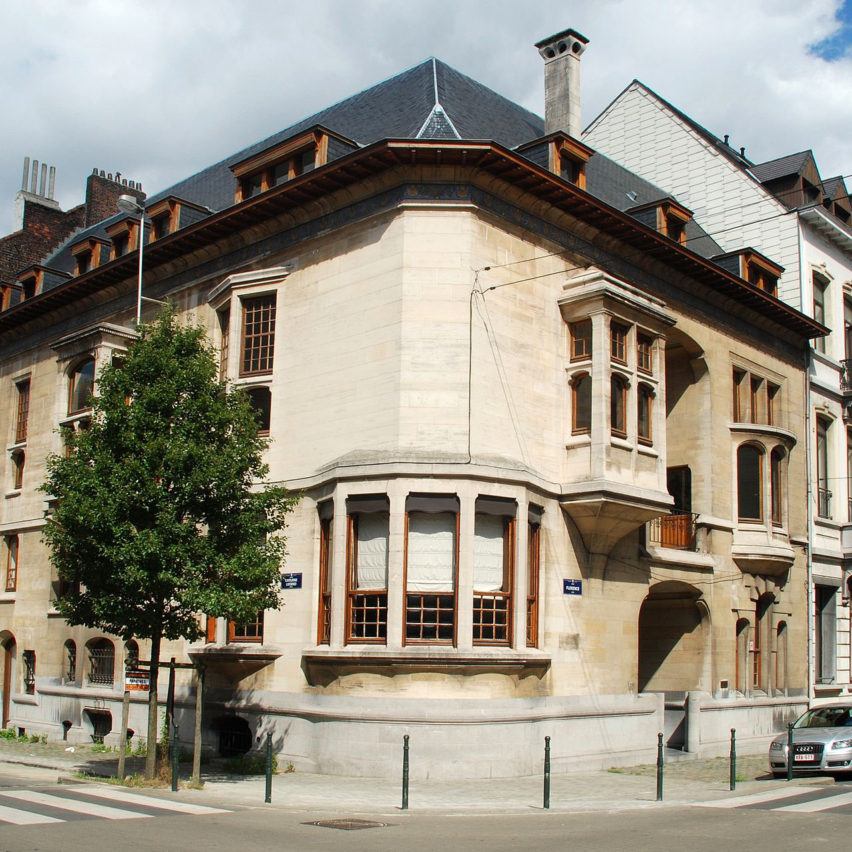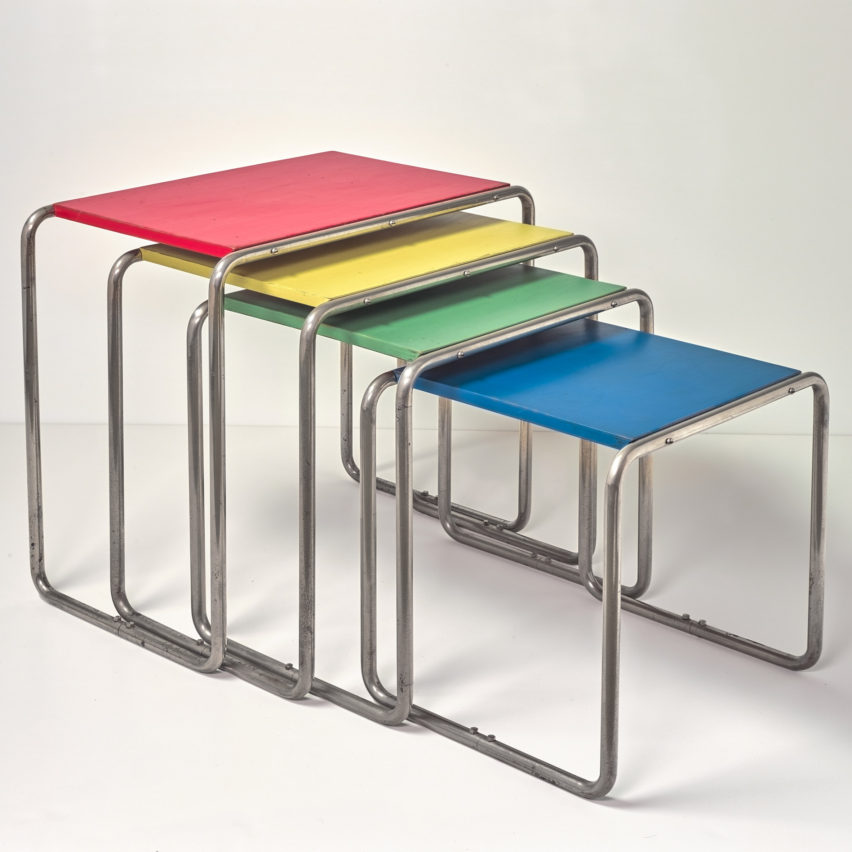2019 is a huge year for Bauhaus enthusiasts, with special
exhibitions and events being held all over the world in
celebration of the 100th birthday of the International Style.
celebration of the 100th birthday of the International Style.
Form follows function:
Bauhaus design expressed itself through minimalism, emphasizing functionality and true materials over decoration and "frippery."
Influenced by
movements such as Modernism and De Stijl, Bauhaus
artists
favored linear and geometrical forms, while floral
or curvilinear
shapes (such as those found in Art Nouveau)
were avoided. Only line, shape and colors mattered.
Below:
The Bauhaus-Archiv/Museum für Gestaltung (Bauhaus Archive / Museum of
Design) in Berlin houses the world’s largest collection devoted to
Bauhaus history. This building is a late work of Walter Gropius,
the designer who left
his entire personal archive to the museum.
The design archive remains the
foundation and core of the museum's
extensive collection. It contains technical drawings, photographs and works
from all genres, including many classics – such as the table lamp by
Wilhelm Wagenfeld, the tea infuser by Marianne Brandt and the
iconic tubular steel armchair by Marcel Breuer.
extensive collection. It contains technical drawings, photographs and works
from all genres, including many classics – such as the table lamp by
Wilhelm Wagenfeld, the tea infuser by Marianne Brandt and the
iconic tubular steel armchair by Marcel Breuer.
Marcel Breuer armchair
1928
1928
MT8 Lamp by William Wagenfeld and Carl Jakob Jucker
Tea infuser - Marian Brandt (1924) Silver and ebony
For a compendium of "BAUHAUS 100" activities around the world in 2019, continue scrolling down here. Short synopses are courtesy of Dezeen online magazine.
It will host workshops and exhibitions exploring the Bauhaus legacy.
~ oOo~
9 February – 26 May 2019
Museum Boijmans Van Beuningen, Museumpark 18, 3015 CX
Rotterdam, Netherlands
This wide-ranging retrospective will feature over 60 artists, designers, architects from the Netherlands, all of whom were involved with the Bauhaus
between 1919 and 1933.

15 March 2019 – 10 June 2019
Haus der Kulturen der Welt, John-Foster-Dulles-Allee 10, 10557 Berlin, Germany
This exhibition looks to the immaterial and performative nature of Bauhaus alumni Kurt Schwerdtfeger's reflecting light plays, which were originally produced for an institution party in 1922.

15 March 2019 – 15 January 2020
House Schulenburg Gera, Str des Friedens 120, 07548 Gera, Germany
This exhibition will explore the life and work of modernist architect and artist Henry van de Velde, centred around the Haus Schulenburg – a building he created as a holistic artwork. It will also feature his neo-impressionist paintings and book designs.

6 April 2019 – 1 March 2024
Neues Museum Weimar, Jorge-Semprún-Platz 5, 99423 Weimar, Germany
The Neues Museum in Weimar – the city where the Bauhaus began – is celebrating the legacy of the school with a new long-term exhibition of early works of modernist art from Weimar, and its relationship to the German philosopher Friedrich Nietzsche.
28 April 2019 – 29 July 2019
Herzogliches Museum Gotha, Schlossplatz 1, 99867 Gotha, Germany
This exhibition focuses on the life and work of avant-garde artist Oskar Schlemmer, who is recognised for his cross-disciplinary contributions as a painter, draughtsman, graphic artist, sculptor, stage designer and muralist.
8 September 2019
Bauhaus Museum Dessau, Mies-van-der-Rohe-Platz 1, Dessau-Roßlau, 06844
A new museum is set to open at the Bauhaus' school building in Dessau. Bauhaus Museum Dessau, designed by Barcelona-based studio Gonzalez Hinz Zabala, will present the second-largest Bauhaus collection in the world. It is designed in the Bauhaus spirit, featuring expanses of glazing and an exposed framework.
16 September 2019 – 13 October 2019
Various locations, Berlin, Dessar and Weimar
Operating over three consecutive weeks in three different cities, the Triennale der Moderne aims to build a "network of modernism" and raise greater public awareness of the buildings and avant-garde relationships of the early 20th century.










No comments:
Post a Comment